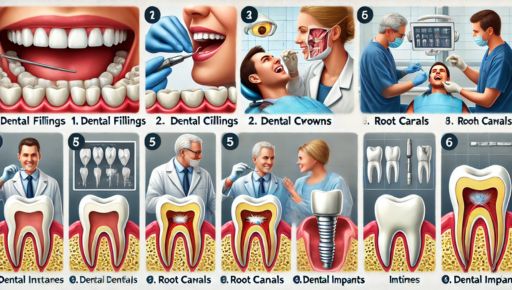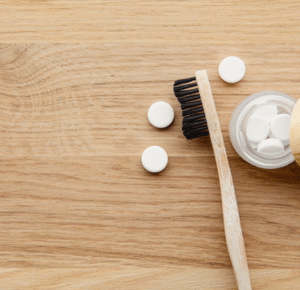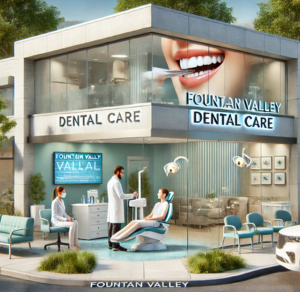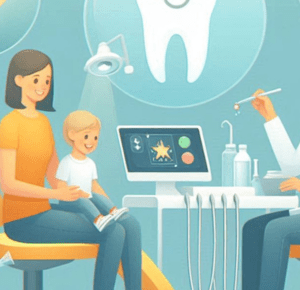
The Dentist in Arlington Heights, IL, helps patients have a wonderful & healthy smile they can boast of! In several instances, patients obtain this through brushing & flossing twice daily and coming into the dental clinic for weekly dental checkups. If your tooth has broken or is severely damaged, several restorative dental procedures can restore your sparkling smile in a few months. Some restorative dentistry types are highly geared toward mending the biting issue, while others are immersed in aesthetics. Let’s consider the different types of restorative dentistry procedures and the benefits of dental restoration!
Benefits of Dental Restoration
Once the dental restoration or restorative dentistry is conducted, the patient’s natural teeth will be preserved or replaced with teeth that appear and act like the real ones. It will eradicate any issues you had chewing or speaking due to disease or damage. Recuperated teeth can help protect nearby teeth, giving you a rejuvenated and refreshed smile you can be proud of!
6 Types of Restorative Dentistry Procedures
- Dental implants
This process is a top-notch method to replace teeth that have fallen because of periodontal disease, bone loss, tooth decay, infection, or fracture. It’s the most extraordinary substitute for dental bridges when teeth near the missing tooth aren’t adequately powerful enough to uphold the bridge. Dental implants are directly installed into the jawbone, providing maximum longevity compared to dentures or bridges. Once the dental implant is in place, it feels or looks like a normal tooth, which you can brush like other teeth.
- Dental crowns
Dental crown shield covers are built from several materials, such as porcelain, to cover broken, crooked, or discolored teeth. This restorative surgery is the most affordable and prevalent restorative dentistry process, as it conceals imperfections and safeguards the teeth from further bacterial infection.
- Dental filings
It’s another dental restorative procedure where dentists use filings to replace the deteriorated portions of your teeth that have resulted in cavities. Filings are made of amalgam, gold, silver, porcelain, or other materials. They are used to flatten tooth surfaces to boost chewing and biting. Once the crown has been placed, patients will see a significant development or the complete elimination of their discomfort before the process.
- Dental bridges
They are used to shut the gaps due to several misplaced teeth. Dental bridges are built from artificial teeth based on the ideal size, matching color, and shape of adjacent teeth to close the gap from missing teeth. Once the dental bridge is placed, the adjacent teeth might no longer slide from their actual location, and the whole teeth structure stays intact.
- Root Canal
It’s a vital surgical process to recover oral health. Once a specific tooth, along with its root, is completely damaged, and there’s a possibility of total decay, the orthodontists recommend removing it entirely, cleaning its roots, and extracting every infected material so that the adjacent teeth won’t get impacted by those infected pulp. A dental implant closes the gap once the dentist cleans the root entirely.
- Dental veneers
Celebrities often have white smiles, and do you know how? They have probably had porcelain shells, named veneer, placed on their teeth! Although dental veneers are used in cosmetic dentistry rather than restorative as they conceal discolored or stained teeth, they can also be used as a solid restorative treatment for chipped, broken, or crooked teeth.
Conclusion
The main objective of restorative dentistry is to mend broken or damaged teeth and boost oral health & function. Undergoing a dental process might be intimidating, mainly if it’s something you have never had before. However, as quickly as you cure a dental issue, you are less likely to develop other problems later on, which saves a plethora of time and money in the future.






